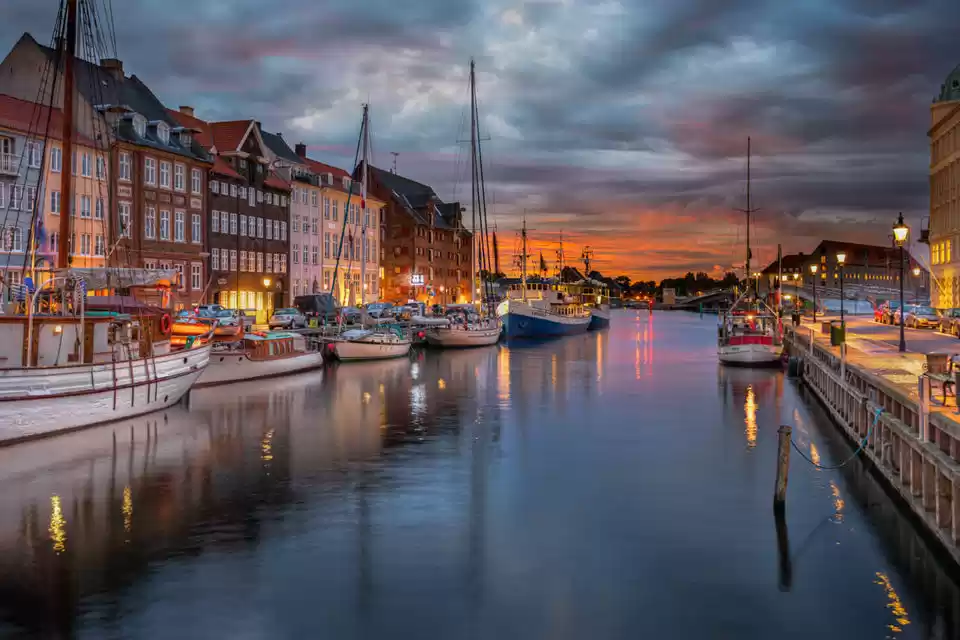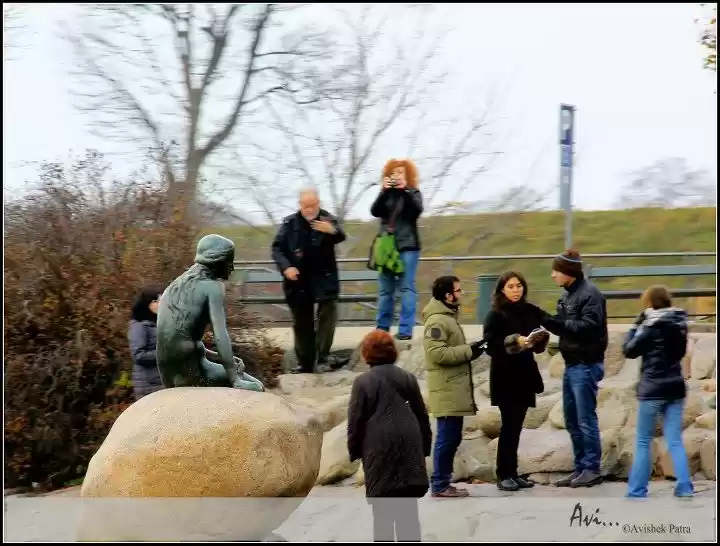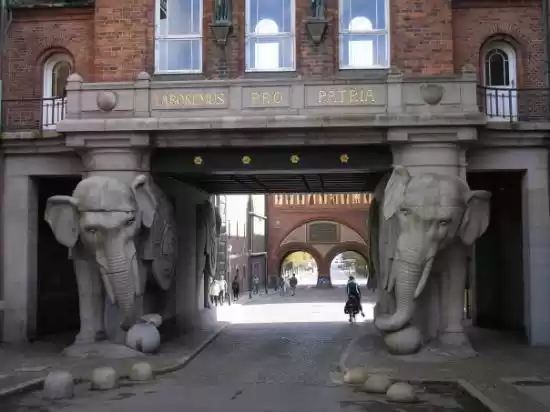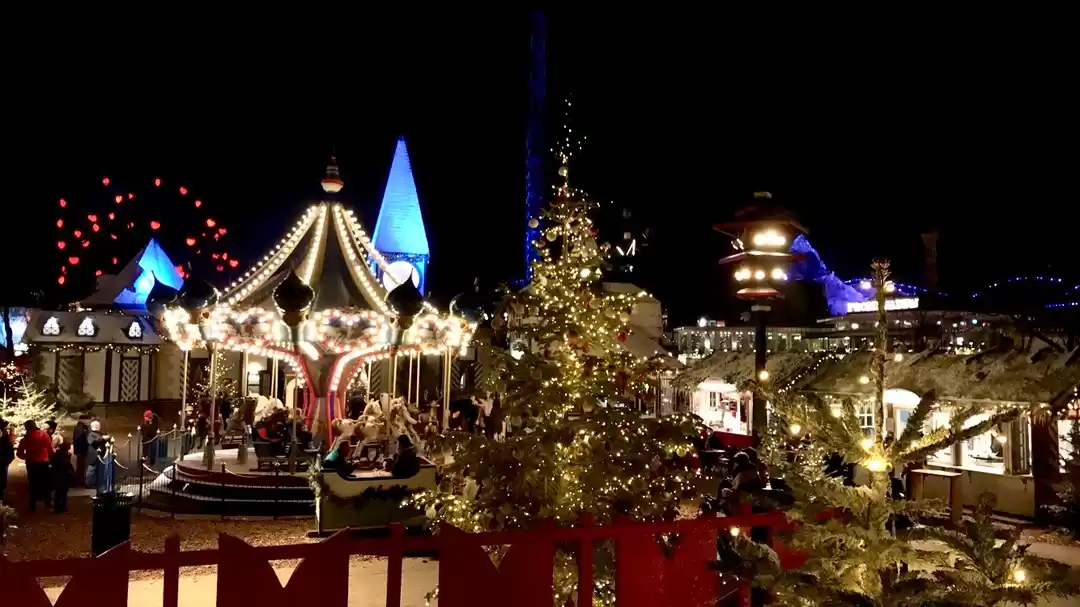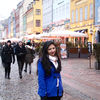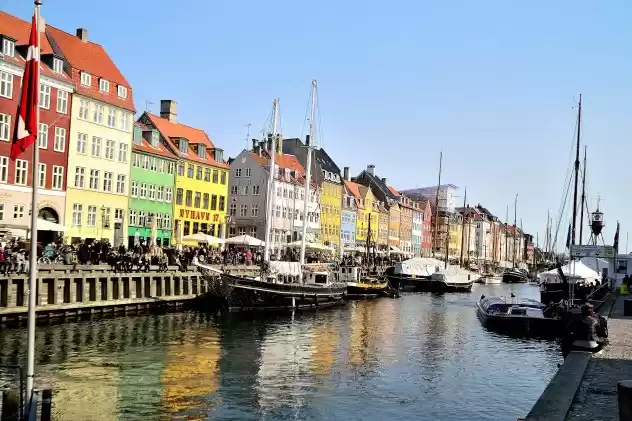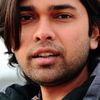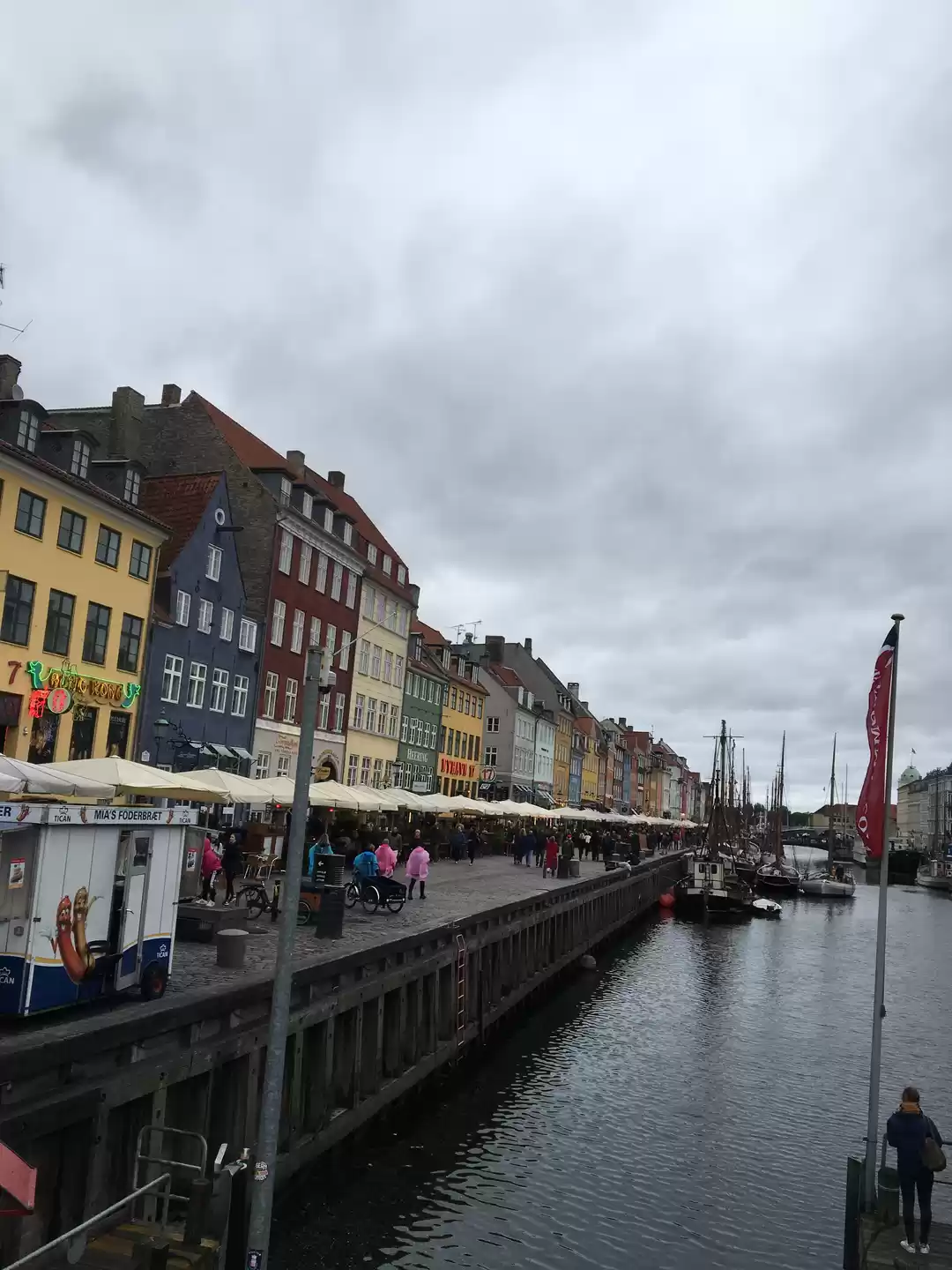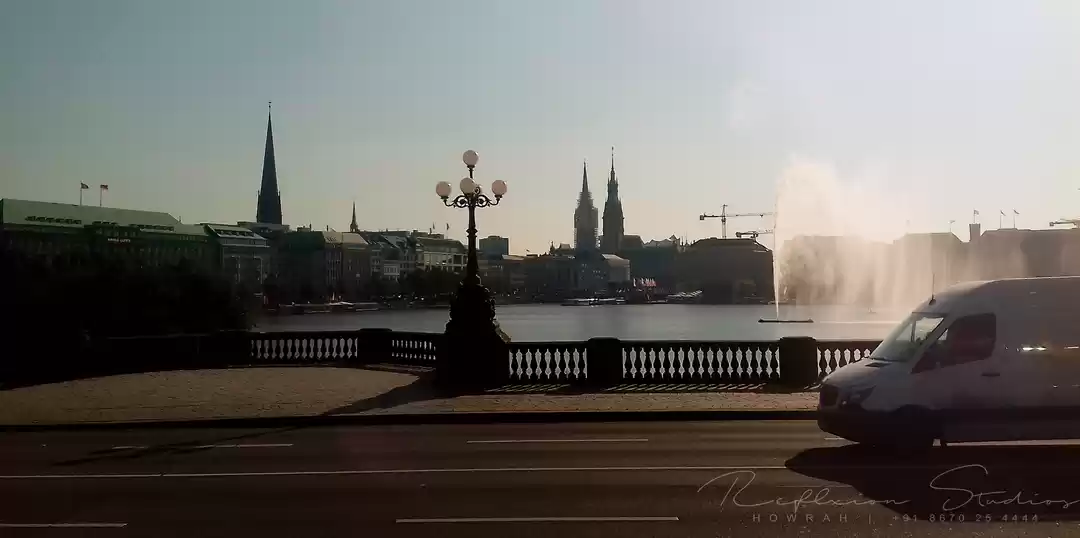Copenhagen Tourism and Travel Guide
Copenhagen (IPA /ˌkoʊpənˈheɪɡən/; Danish: København [kʰøb̥m̩ˈhɑʊ̯ˀn] ( listen); also known by other alternative names) is the capital and most populated city of Denmark, with an urban population of 1,263,698 (as of 1 January 2015) and a metropolitan population of 2,013,009 (as of 1 October 2015). It is situated on the eastern coast of Zealand, 164 km (102 mi) east of Odense and 28 km (17 mi) northwest of Malmö, Sweden. The city stretches across parts of the island of Amager and contains the enclave of Frederiksberg, a municipality in its own right.Founded as a fishing village in the 10th century, Copenhagen became the capital of Denmark-Norway in the early 15th century. Beginning in the 17th century, under the reign of Christian IV of the German House of Oldenburg, Copenhagen developed into an important European regional centre, consolidating its position as capital of Denmark and Norway with resources from both kingdoms being used to build institutions, even palaces and the famous fortifications which shapes the city still. Magnificent architectural expressions of prestige in Denmark-Norway include some of Copenhagen's most important tourist attractions, such as The Børsen (The Exchange), The Rundetårn (Round Tower), Rosenborg Castle and more recently Frederiksstaden. After suffering from the effects of plague and fire in the 18th century, the city underwent a period of redevelopment. This included construction of the prestigious district of Frederiksstaden and founding of such cultural institutions as the Royal Theatre and the Royal Academy of Fine Arts. After further disasters in the early 19th century when Nelson attacked the Dano-Norwegian fleet and bombarded the city, rebuilding during the Danish Golden Age brought a Neoclassical look to Copenhagen's architecture. Later, following the Second World War, the Finger Plan fostered the development of housing and businesses along the five urban railway routes stretching out from the city centre.Since the turn of the 21st century, Copenhagen has seen strong urban and cultural development, facilitated by investment in its institutions and infrastructure. The city is the cultural, economic and governmental centre of Denmark; it is one of the major financial centres of Northern Europe with the Copenhagen Stock Exchange. Since the completion of the Øresund Bridge, a road, railway and tunnel project, the Copenhagen metropolitan area has become increasingly integrated with the Swedish province of Scania and its largest city, Malmö, known as the Øresund Region. With a number of bridges connecting the various districts, the cityscape is characterized by parks, promenades and waterfronts. Copenhagen's landmarks such as Tivoli Gardens, the Little Mermaid Statue, the Amalienborg and Christiansborg palaces, Rosenborg Castle, Frederik's Church, and many museums, restaurants and nightclubs are significant tourist attractions. In addition to recent developments in the city service sector and the pharmaceutical industry, there have been a number of initiatives in clean technology, supporting the city's goal to be carbon-neutral by 2025.Copenhagen has more than 94,000 students enrolled in its largest universities and institutions, including the University of Copenhagen, the Technical University of Denmark and Copenhagen Business School. The University of Copenhagen, founded in 1479, is the oldest university in Denmark. Copenhagen is home to the FC København and Brøndby football clubs and the ice hockey teams Rødovre Mighty Bulls, Herlev Eagles and Hvidovre Ligahockey. The annual Copenhagen Marathon was established in 1980. Copenhagen is one of the most bicycle-friendly cities in the world. The Copenhagen Metro serves central Copenhagen together with the S-train network connecting the outlying boroughs. Serving roughly 2 million passengers a month, Copenhagen Airport, Kastrup, is the largest airport in the Nordic countries.

